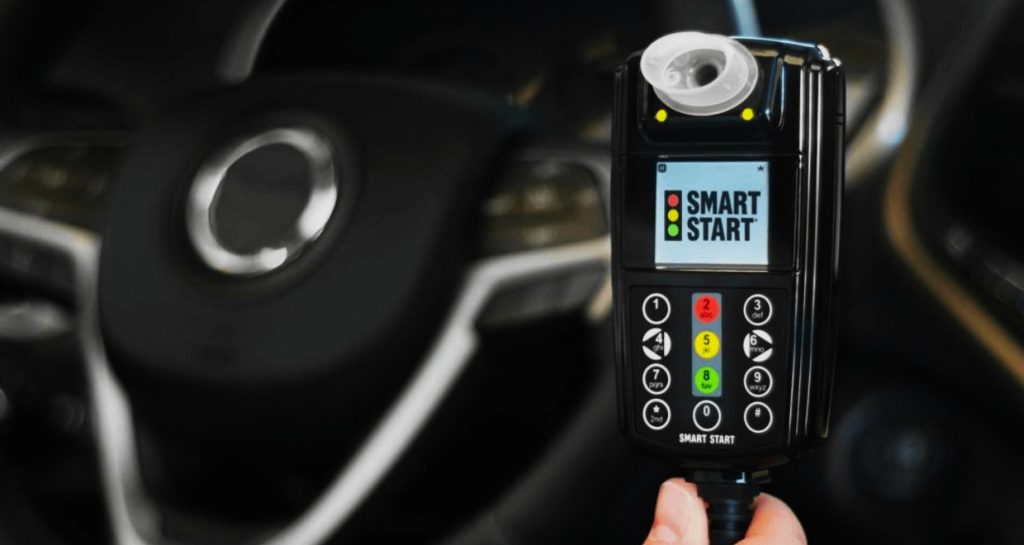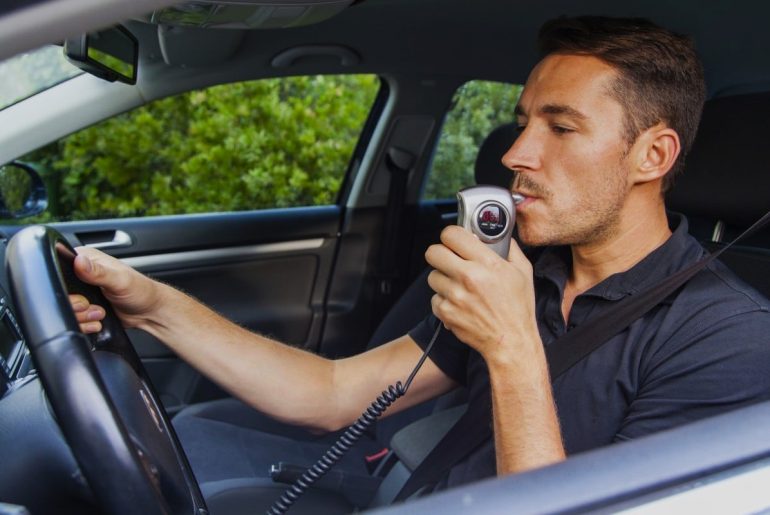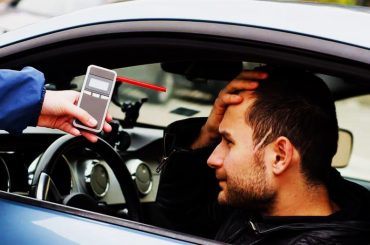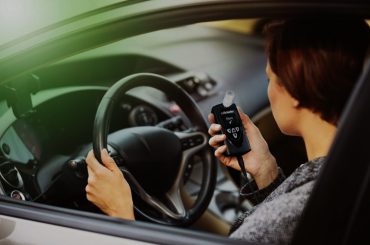Ignition interlock devices (IIDs), also known as Breath Alcohol Ignition Interlock Devices (BAIIDs), are essentially breathalyzer units for vehicles. They require the driver to submit an alcohol-free breath sample before the car can be started. If alcohol is detected, the vehicle will not start. Here’s a breakdown of the costs and when they are typically mandated:
Cost Overview:
- Monthly Rental: On average, the cost to rent an IID ranges from $70 to $100 per month.
- Installation Fee: Installation fees generally fall between $75 and $100.
- Total Costs: The total expense will depend on the duration for which the IID is required, which can result in a few hundred to a few thousand dollars.
Situations Necessitating an IID:
- Repeat DUI Offenses: Individuals with multiple DUI convictions are often required to install an IID.
- DUI Causing Injury: Mandatory installation is also common following convictions under Vehicle Code 23153 VC, where a DUI results in injury.
These devices are installed on the vehicle’s dashboard and are part of the legal consequences faced by those convicted of DUI offenses. The aim of an IID is to prevent repeat offenses by ensuring the sobriety of the driver at the wheel. The requirement and duration of IID installation can vary based on state laws and the specifics of the DUI offense.
What is the total cost of an ignition interlock device?
The total costs associated with an ignition interlock device (IID) are influenced by various factors, including the specifics of the DUI charge and the provider’s pricing. Here’s a general breakdown:
- Device Cost: Typically, the average monthly rental cost is between $70 and $100.
- Installation: The installation fee can range from $75 to $100, but many providers offer free installation.
- Maintenance Fees: There are usually monthly fees for calibration and maintenance.
- Duration of Use: The required duration depends on the DUI offense; first-time offenders may use it for about six months, while repeat offenders could need it for 12 to 48 months.
- Total Cost Range: Accounting for the duration and monthly costs, total expenses can be from a few hundred to several thousand dollars.
In California, specifically under Vehicle Code 23700 VC, there’s a mandatory IID pilot program that offers financial assistance to those who cannot afford the cost, allowing them to pay only a portion of it.
Popular IID providers in California include:
- Intoxalock,
- Guardian Interlock Systems,
- Smart Start, Inc.
These companies provide installation and service at multiple locations statewide. The length of time you must use the IID, combined with the fees for rental, installation, and maintenance, contributes to the total cost. It’s important to note that while the device and service costs can be a financial burden, they are part of the legal measures aimed at preventing further DUI incidents.

How does it work and What is an IID?
An Ignition Interlock Device (IID) is a breathalyzer for an individual’s vehicle, serving as a measure to prevent driving under the influence of alcohol. Here’s how it functions:
- Installation: The IID is installed on a vehicle’s steering column for easy access by the driver.
- Pre-Drive Testing: Before the vehicle can be started, the driver must blow into the IID to provide a breath sample. The IID analyzes the sample for the presence of alcohol.
- Start Prevention: If the breath alcohol content (BrAC) detected is above a pre-set limit, usually very low to ensure no alcohol consumption, the vehicle will not start, effectively preventing the individual from driving under the influence.
- Rolling Re-tests: After the vehicle is started, the IID requires periodic re-tests. This means that after an initial period, and then at random intervals during the drive, the driver must provide additional breath samples. This is to ensure continued sobriety while driving.
- Data Logging: All events, such as start attempts, engine shut-offs, and all BrAC results are logged by the device. If a re-test is failed while driving, the vehicle doesn’t shut off (for safety reasons), but the incident is recorded and reported.
- Tamper Detection: IIDs are also equipped to detect and log any attempts to tamper with or bypass the device.
It’s important to clarify that while an IID measures BrAC, it is not the same as Blood Alcohol Content (BAC), which is a direct measure of alcohol in one’s bloodstream. However, there is a strong correlation between BrAC and BAC used for legal and safety purposes.
IIDs are used as a deterrent for DUI offenses, typically installed by court order, and are part of a broader legal strategy aimed at reducing repeat offenses by individuals with DUI convictions.
Is it mandatory to install an IID following a DUI?
In California, the installation of an Ignition Interlock Device (IID) can be mandatory or discretionary, depending on the circumstances of the DUI offense.
For certain violations, such as a first-time DUI under Vehicle Code 23152a VC, a refusal to undergo a chemical test, or driving with a BAC of 0.08% or greater, a judge may—but is not always required to—order the installation of an IID.
However, there are situations where the installation becomes mandatory, particularly in cases of repeat DUI offenses or if the DUI resulted in injury, as specified under Vehicle Code 23153 VC. Additionally, drivers with a history of DUI-related suspended license violations may be mandated to install an IID.
The law aims to prevent repeat offenses by restricting vehicle operation to those who demonstrate sobriety, thereby enhancing road safety. The specifics of the requirement, including the duration the IID must be installed, can vary based on the number of prior offenses and the severity of the incident.
Are there other penalties for a DUI arrest?
In addition to the installation of an Ignition Interlock Device (IID), there are various penalties that can be imposed following a DUI arrest, which may vary by state and the specifics of the offense. In California, for example, potential penalties include:
- Probation: A judge may assign misdemeanor or felony probation, typically ranging from 3 to 5 years.
- DUI Education: Offenders may be required to attend DUI school for a duration that can vary, often between three to nine months.
- Fines and Penalties: DUI convictions usually carry financial penalties, which can total between $1,500 and $2,000, though this amount can vary depending on the county.
- License Suspension or Revocation: A common penalty is the suspension or revocation of the offender’s driving privileges for a specified period.
- Treatment Programs: Completion of drug or alcohol treatment programs may be mandated.
- Jail Time: Offenders can be sentenced to serve time in county jail.
- Work Release: In some cases, the court may allow work release as part of the sentence.
- Victim Impact Panel: Offenders might be required to attend sessions where victims of DUI accidents discuss the impact on their lives.
- Indirect Consequences: A DUI arrest can lead to increased car insurance premiums, and potentially other long-term effects on personal and professional life.
Because the consequences of a DUI conviction can be severe and long-lasting, those accused often seek representation from a skilled DUI attorney. A knowledgeable lawyer can provide advice, represent the accused in court, and may be able to negotiate lesser penalties or challenge the charges altogether.



